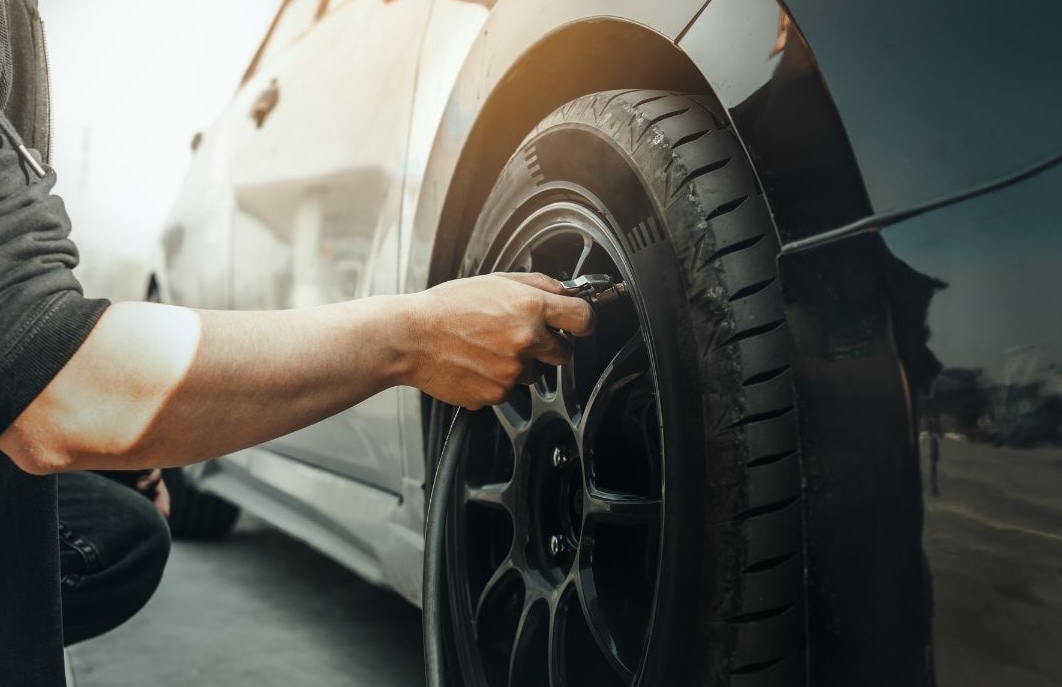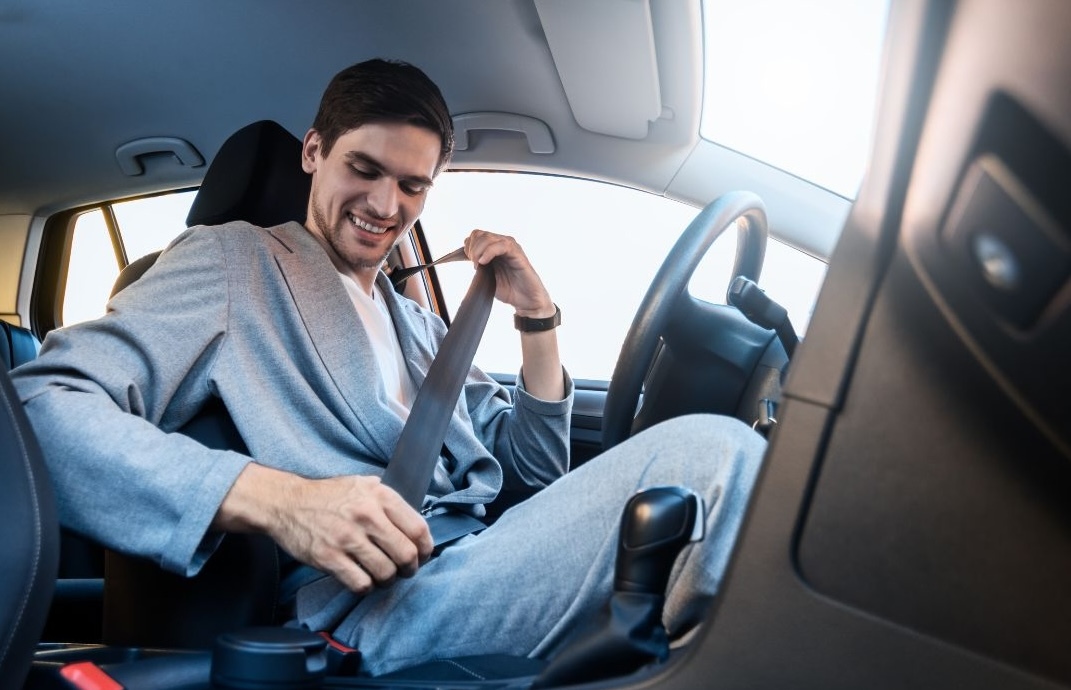Driving safety should be a concern for motorists of all ages.
Every time we get behind the wheel, we face various risks, including fatigue, tricky weather conditions, and the actions of other drivers.
The goal of this article is to provide practical tips to help you drive more safely. By following these guidelines, you can protect yourself, your passengers, and others on the road.
Safe driving is not just about following traffic laws; it’s about adopting habits that make driving a safer experience for everyone.
Let’s look into these tips to improve your driving safety.
1. Fatigue

Fatigue impairs driving ability, reducing reaction times and increasing the likelihood of accidents.
To avoid driving while tired, and get enough sleep before long journeys.
Recognise signs of driver fatigue, such as frequent yawning, difficulty concentrating, and drifting between lanes.
If you experience these signs, take a break.
Plan rest stops every two hours on long trips and avoid driving late at night when your body naturally expects to sleep.
Staying well-rested and alert is needed for safe driving.
2. Weather Conditions
Weather conditions can dramatically affect driving safety.
Rain, snow, fog, and ice create hazardous driving environments, reducing visibility and traction.
When driving in adverse weather, slow down and maintain a safe distance from other vehicles to allow more reaction time.
Make sure your vehicle is well-maintained, with good tyre tread and functioning wipers.
In fog, use fog lights and avoid high beams, which can reflect and reduce visibility.
Proper vehicle maintenance and cautious driving are needed to stay safe in different weather conditions.
3. Distance
Maintaining a safe following distance is required to avoid collisions.
The recommended safe distance is at least two seconds behind the vehicle in front under normal conditions and increased to four seconds in adverse weather.
Tailgating reduces your ability to react to sudden stops and increases the risk of rear-end collisions.
To keep a safe distance in heavy traffic, anticipate the flow of traffic and adjust your speed accordingly.
Remember, keeping a safe distance is one of the simplest yet most effective ways to maintain safe driving.
4. Road Markings

Road markings play a much-needed role in directing traffic and keeping drivers safe.
These markings indicate lanes, and pedestrian crossings, and alert drivers to potential hazards.
You need to understand and follow these markings to avoid accidents.
For instance, solid lines indicate that lane changes are prohibited, while dashed lines allow for passing.
Common mistakes include ignoring lane markings or not stopping at designated lines.
Staying within marked lanes and respecting all road markings helps maintain order and safety on the roads.
You’ll want your plate builder- created design to remain in tact.
5. Mobile Phone
Using a mobile phone while driving is a major distraction and significantly increases the risk of accidents, and you along with your new number plates are at risk.
Statistics show that mobile phone use is a leading cause of road accidents, with numerous fatalities each year.
To avoid distractions, use hands-free devices or set your phone to do not disturb mode before you start your journey.
If you need to make a call or send a message, pull over safely.
Ensuring your phone is set up before driving is needed to avoid distractions.
Remember, your focus should always be on the road.
6. Eyesight
Regular eye checks are essential for safe driving.
Poor eyesight can affect your ability to see road signs, pedestrians, and other vehicles.
It’s recommended to have an eye test at least every two years, or more frequently if advised by your optician.
Even when deciding on custom number plates, your eye health is essential.
Make sure your vision is optimal by wearing prescribed glasses or contact lenses, and keep a spare pair in your car.
Good vision is needed for spotting hazards and reacting promptly.
7. Vehicle Condition

Keeping your vehicle in good condition is essential for safe driving.
Regular maintenance checks, including brakes, tyres, lights, and fluid levels, help prevent breakdowns and accidents.
A well-maintained vehicle means it will give you excellent performance and reliability on the road.
Perform a basic check before long trips, and schedule professional inspections regularly.
Neglecting vehicle maintenance can lead to dangerous situations, such as brake failure or tyre blowouts.
Even using personalised plates can boost your car's appeal.
Taking the time to maintain your vehicle not only helps your safety but also prolongs its lifespan.
8. Speed
Speeding is a leading cause of road accidents. Driving at high speeds reduces your reaction time and increases the severity of collisions.
Always stick to speed limits, which are set based on road conditions and traffic flow.
To maintain appropriate speeds, use cruise control on motorways where possible, and always adjust your speed according to weather and traffic conditions.
Remember, speed limits are there for your safety and the safety of others. Slowing down can make a significant difference in preventing accidents and saving lives.
9. Defensive Driving
This involves being aware of other drivers and anticipating potential hazards.
This proactive approach reduces the risk of accidents by keeping you prepared for unexpected actions by other road users.
Tips for this include maintaining a safe following distance, staying alert, and avoiding distractions.
Always be prepared to react calmly to sudden changes in traffic.
This style of driving not only protects you but also contributes to overall road safety.
Consider taking a defensive driving course to improve your skills and confidence on the road.
10. Seat Belt

Wearing a seat belt is one of the simplest and most effective ways to save lives in a car accident.
Seat belts significantly reduce the risk of serious injury or death.
Statistics show that wearing a seat belt reduces the risk of fatal injury to front-seat passengers by 45%.
Common excuses for not wearing a seat belt include discomfort and short trips, but these are outweighed by the benefits.
Make sure all passengers wear seat belts, regardless of seating position.
Prioritising seat belt use is a small step that makes a big difference in road safety.
Using these ten tips can greatly improve your driving safety.
From managing fatigue and adjusting to weather conditions to maintaining your vehicle and practicing defensive driving, each tip plays a role in preventing accidents.
Remember to share these tips with family and friends, helping to create a safer driving environment for everyone.
Prioritise your safety on the road by implementing these practical measures every time you drive. Safe driving is a shared responsibility—let's commit to making our roads safer for all.
